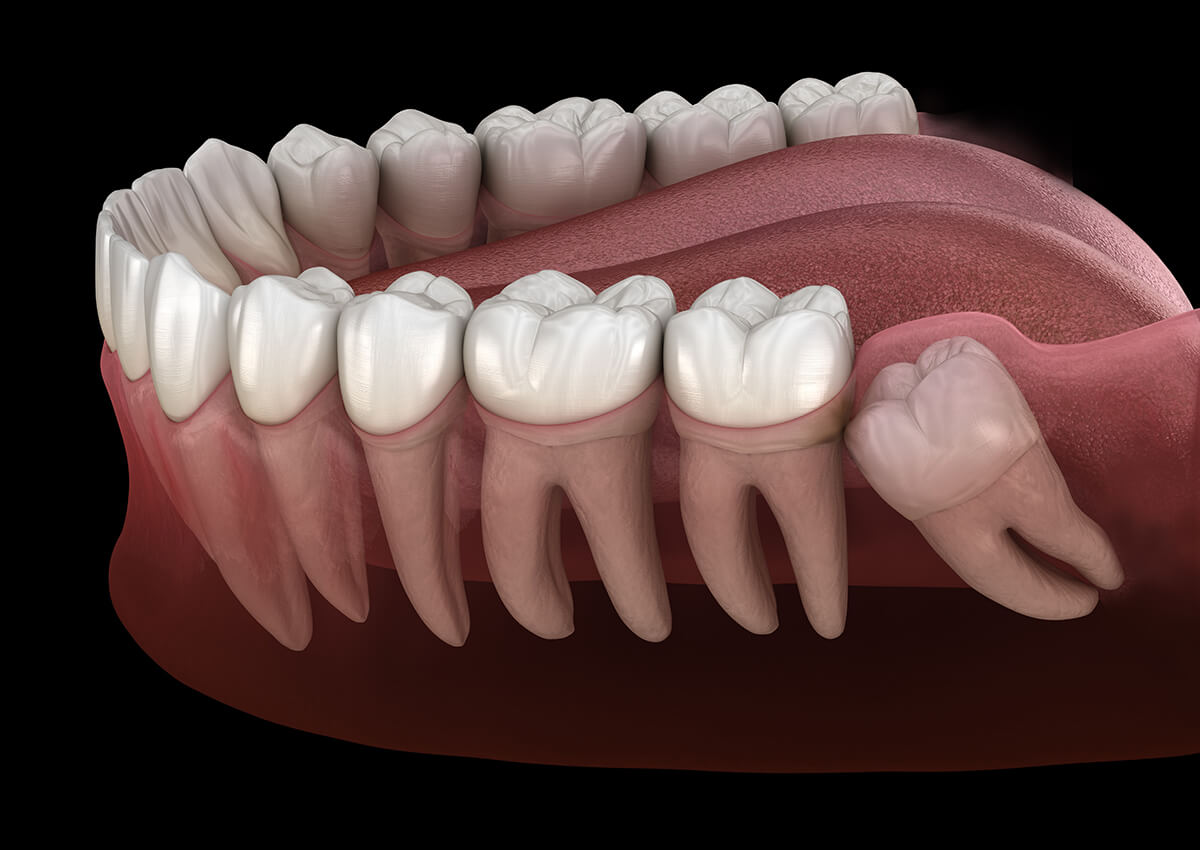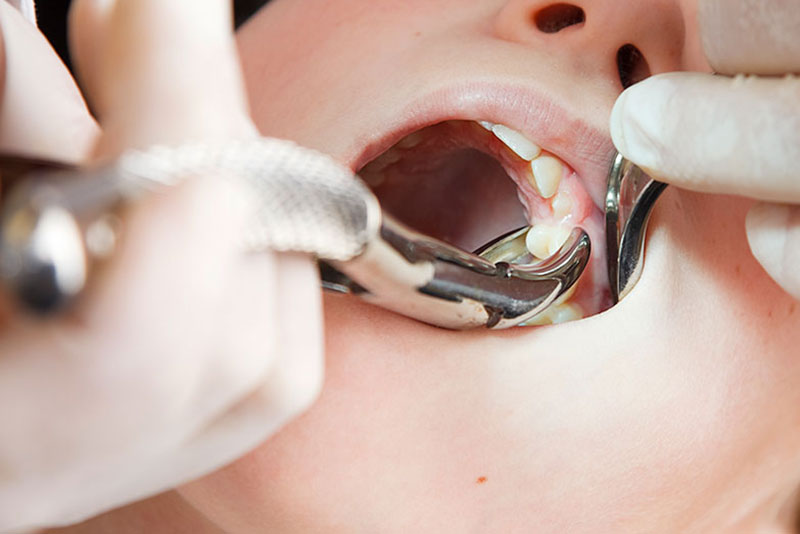Wisdom teeth removal is a routine dental operation to treat pain and guard against future oral health problems. The third molars, also called wisdom teeth, are extracted during the wisdom tooth removal procedure. These teeth typically erupt in late adolescence or the early years of adulthood.
What Are The Methods Of Wisdom Tooth Extraction?
The different methods and approaches are as follows:
Simple Extraction
A straightforward extraction is usually carried out when the wisdom tooth fully erupts and is noticeable above the gumline. In this simple process, the dentist or oral surgeon carefully loosens and extracts the tooth from its socket using specialized equipment like an elevator and forceps. Typically, local anesthetic is used to numb the area and make the patient comfortable.

Surgical Extraction
When the wisdom tooth is partially or entirely impacted, meaning it has not fully emerged from the gum line or is developing at an angle, surgery is required to remove it. A minor incision in the gum tissue is needed for this more difficult surgery to reach the tooth. Removing a small part of the tooth's supporting bone may occasionally be necessary. Local anesthetic is frequently used during surgical extractions. However, patients who are anxious or who need a more involved wisdom tooth extraction surgery can also choose to have additional sedation.
Soft Tissue Impaction Elimination
A soft tissue impaction removal procedure may be used when a wisdom tooth is slightly impacted, and only the gum tissue is covering it. The oral surgeon with a wisdom tooth removal cost makes a small incision in the gum tissue to expose the tooth and gently remove the tissue impeding its eruption. To aid in appropriate healing, the incision is next sutured.
Removal Of Partially Impacted Bone
A partial bony impaction removal procedure is utilized when the wisdom tooth is impacted and covered by both gum tissue and a section of the jawbone. In this surgery, a little part of the bone impeding the tooth's eruption is removed through an incision made in the gum tissue. Utilizing specialist tools, the remaining procedure of emergency tooth extraction is performed, and the wound is sutured to promote healing.

Complete Bony Impaction Removal
When a wisdom tooth is seriously impacted and wholly enclosed within the jawbone, a complete bony impaction removal procedure is used to remove it. To access and extract the tooth, this more complicated treatment may call for a bigger incision in the gum tissue and removing a sizeable chunk of bone. The incision is sealed with sutures, which aids in healthy healing.
In Conclusion
Wisdom tooth removal is a common dental operation that seeks to reduce discomfort, avoid complications, and preserve oral health. The method used to remove wisdom teeth varies depending on the tooth's position, whether it has erupted, and how difficult the extraction is. Speaking with a knowledgeable dentist or oral surgeon is crucial to choose the best method for your unique situation. Before this popular dental surgery, you can be well-prepared and informed by understanding the various methods of wisdom teeth extraction.